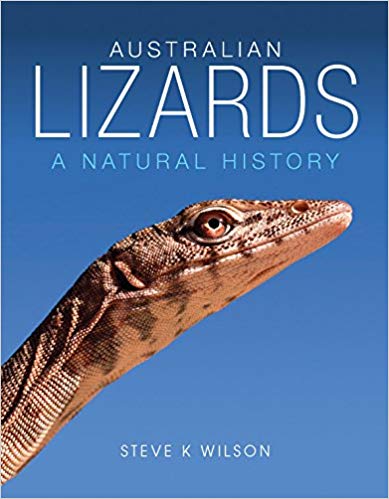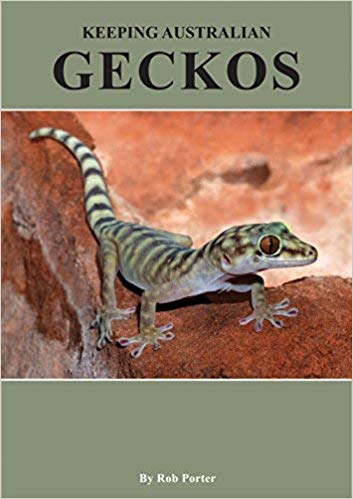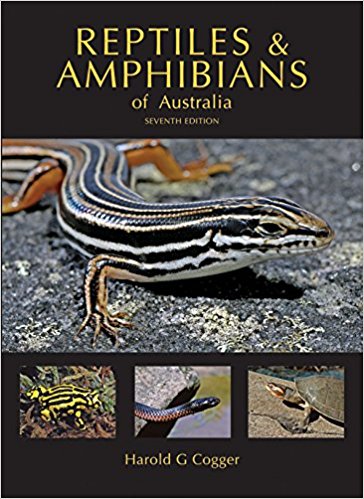AUSTRALIAN HERPETOLOGY WEBSITE

| < RECOMMENDED BOOKS (Affiliate commission earned) >
|

|

| < RECOMMENDED BOOKS (Affiliate commission earned) >
|

|
 _
_

|
|
|
|
Geckos
|
Geckos
|
|
|
|
|
|
|
|
|
Geckos
|
Geckos
|
Geckos
|
Geckos
|
Geckos
|
Geckos
|
Geckos
|
ANY CONTRIBUTION APPRECIATED |